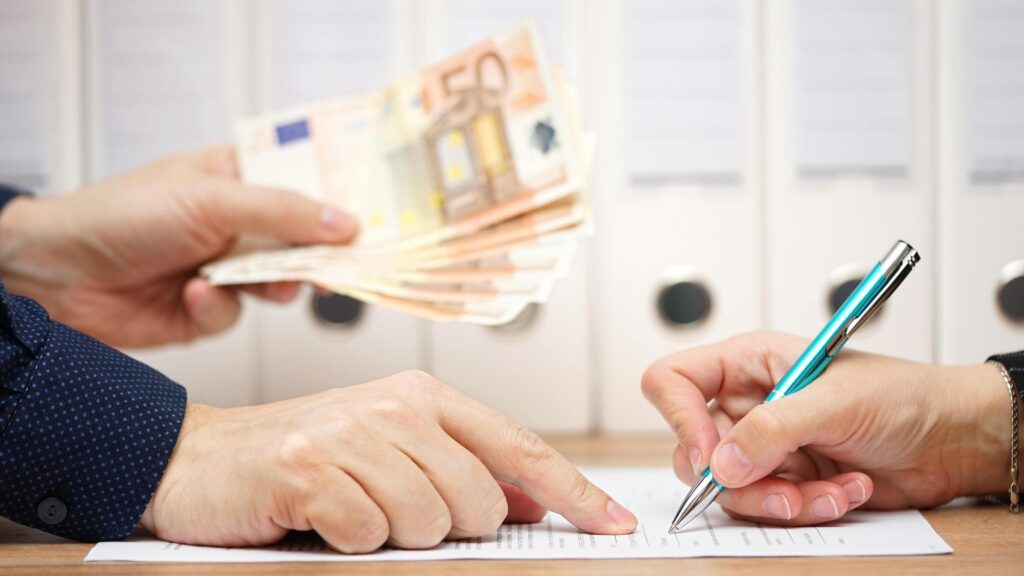Everyone who has given a loan wants to be sure of the timely return of money. If the debtor defaults, the receipt can be a key document for debt collection. In this article, we will consider how to collect a debt on a receipt, what legal tools to use and what steps to take to collect the debt or to return the debt on the receipt.
What is a receipt and how it works
A receipt is a written document in which the debtor confirms receipt of a certain amount of money and undertakes to return it within a specified time. It is important evidence in court in case the debt is not returned voluntarily.
How to collect the money on the receipt: First steps
Negotiations with the debtor: The first step in recovering the debt is to try to settle the situation amicably. Contact the debtor and remind them of the need to return the money.
Sending a written demand: If negotiations do not produce results, send a written demand to the debtor with a demand to repay the debt within a certain period. That would helps you to collect the debt on the receipt.
Collect debt on receipt: Legal actions
If the debtor refuses to pay, you can go to the legal methods of debt collection by receipt:
Filing a claim in court: Go to court with a claim for debt collection. The receipt is the main evidence in the case.
Court order: You can also apply to the court for the issuance of a court order to collect the debt on the promissory note. This is a simplified procedure that does not require court hearings.
Debt recovery by receipt: Litigation
In the legal process, it is important to correctly present all the evidence and arguments:
Availability of a receipt: Providing the original receipt or its notarized copy.
Testimony of witnesses: If there are witnesses to the signing of the receipt, their testimony can become a strong argument in court.
Financial documents: Additional documents confirming the transfer of money (bank statements, checks).
Collection of money by receipt: Enforcement proceedings
After receiving a court decision in your favor, it is necessary to execute it:
Obtaining a writ of execution: Contact the court to obtain a writ of execution.
Appeal to the enforcement service: Submit a writ of execution to the state enforcement service or a private executor to enforce debt collection.
How to collect the debt on the receipt: Alternative methods
In addition to court proceedings, there are other ways to collect a debt on a receipt:
Mediation: Involvement of a mediator for the peaceful resolution of the conflict.
Collection agencies: Referral to specialized debt collection agencies.
A help in repaying the debt on the receipt: Legal support
Professional legal assistance can greatly simplify the debt recovery process:
Consultation of a lawyer: Get advice on possible ways to repay the debt and prepare the necessary documents.
Representation in court: Entrust the handling of the case to a professional lawyer with experience in debt collection.
Conclusion
Receipt debt collection is a process that requires attention to detail and strict adherence to legal procedures. Having a properly prepared receipt makes this process much easier. If you are faced with a debt recovery problem, it is important to know your rights and use the legal tools available. Contacting a lawyer or attorney will help protect your interests and ensure successful debt collection.

































